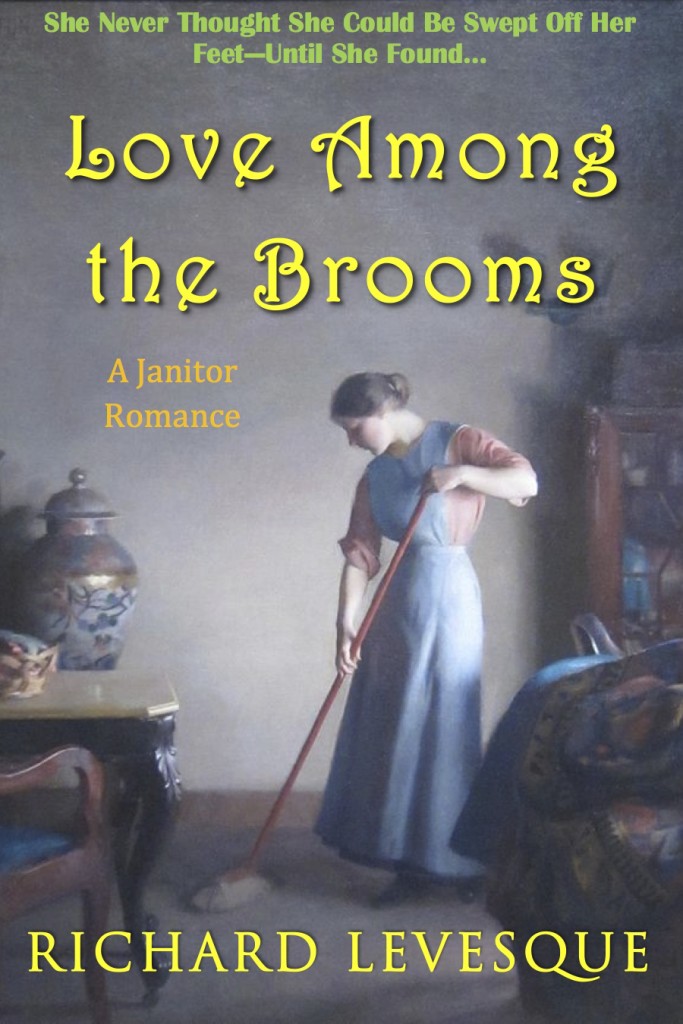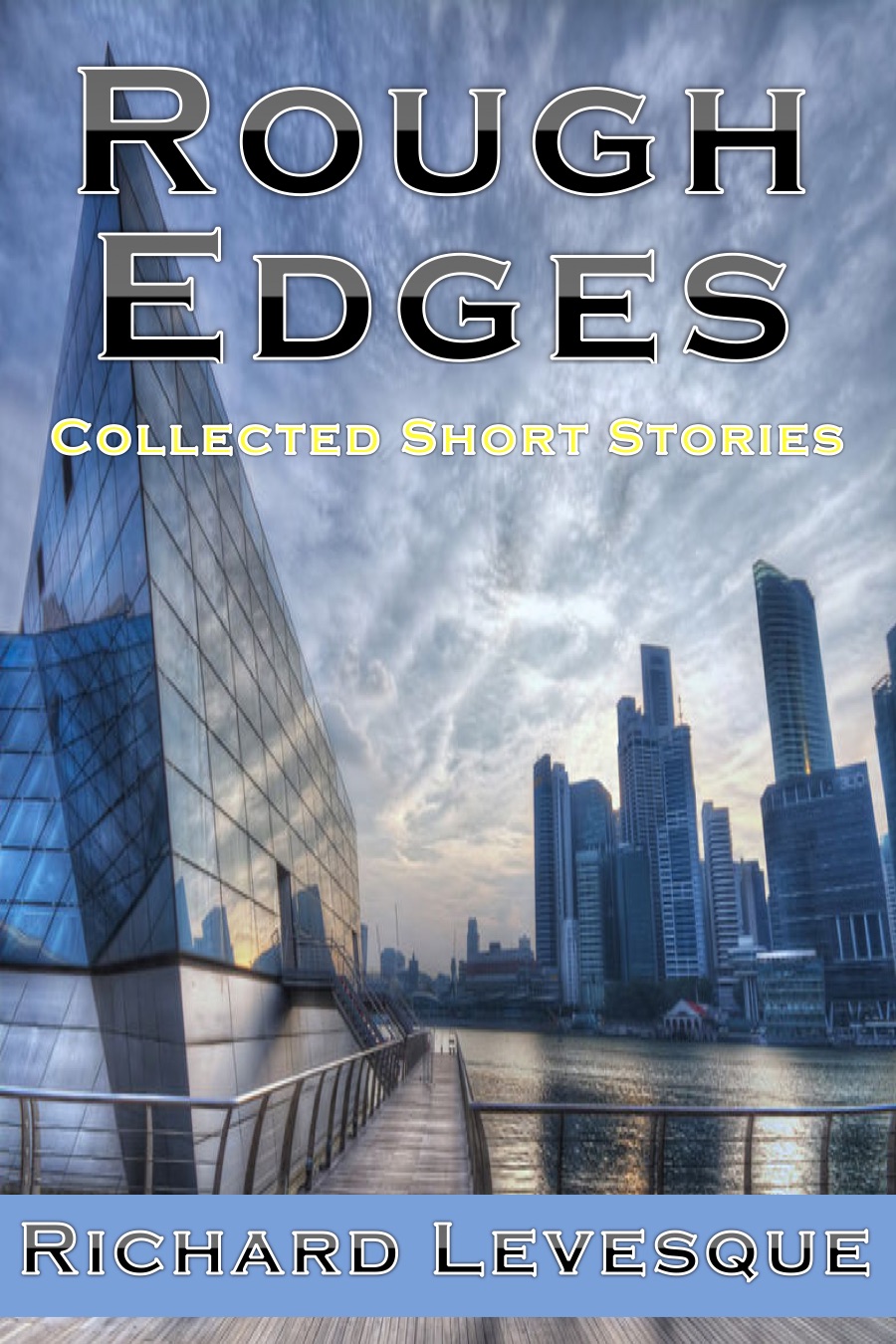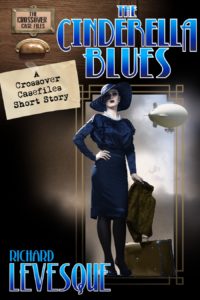Following One’s Muse–Sign of Artistic Integrity or Fast Track to Obscurity?
Many, many years ago, I remember reading this advice for novice writers: write the kind of stories you would like to read.
I don’t know who said that, but I remember thinking it was great advice. I was going to create art–or let’s make that Art with a capital A. No least common denominator stuff for me. A writer shouldn’t just try to produce something that will make a lot of money. I mean, if it happens to be Art and makes a lot of money, great. But, otherwise, no selling out.
Time passed. I got older, less motivated by ideals.
And still, when the time came to really get serious about writing, what did I do? I wrote the kind of book I’d want to read. At the time, I was reading a lot of pulp science fiction after having spent a lot of time reading noirish novels about Los Angeles between the World Wars, so I came up with a science fiction plot set in 1940 Los Angeles that had a definite pulp/noir feel to it. It was a ton of fun, and I felt like it was one of the best things I’d ever written.
And, of course, it didn’t sell. It took me more than a year to interest an agent in it, and after that bit of magic happened, no publisher could be talked into taking a risk on it.
So what did I do? Did I study the market and look at what was selling? Did I look at what the literary soothsayers were predicting the Next Big Thing would be?
Nope. I wrote another book that I would have wanted to read.
And we couldn’t sell that one either.
Shortly after, I went the indie publishing route, publishing and marketing the books I’d worked on over the last few years…and writing more books I’d want to read.
So far, that pattern has yielded five full-length novels: a 40s-era pulp/noir science fiction mystery hybrid, a cyberpunk/dystopia/hard-boiled mystery mash-up
, a Post-Apocalyptic tale
aimed at the YA market, a 40s-era pulp-style paranormal fantasy
with enough adult material to make it really hard to market, and a contemporary novel blended with historical mystery
exploring both the history of 20th Century science fiction and the Japanese internment during World War II. Then there are the two novellas
–hard-boiled mysteries about a lawyer who represents the undead.
All things I would love to read, all things I really enjoyed writing.
The books are good–if the reviews mean anything. They’re entertaining, compelling; people often say they can’t put my books down, stay up way too late reading, etc.
And yet…sales haven’t exactly been remarkable. Do I blame my muse? Do I blame that drive to write the kind of books I’d like to read?
Well, yes.
Here’s the thing–if you’re going to try to make it as an independent writer in this new era when EVERYONE who’s ever wanted to write a book isn’t just writing one but is also publishing, you’ve got to go into it with a business plan–which is definitely not the same as going into it with talent and inspiration. If you’re going to go into it for the sense of personal satisfaction it will bring you to connect with the few readers who discover you, then by all means follow your muse. Of course, every now and then, lightning does strike, and people manage to find a niche that brings great personal satisfaction and truckloads of money. (That’s me! the reader thinks…you know, that reader who mines blog posts like this one for the magic bullet that will lead them straight to Stephen King-style success. More power to you, I say, but just keep in mind how many times you’ve been struck by actual lightning…).
As for business plans, here are two that I’ve seen people get a lot of mileage out of:
1. Write a series. Maybe it’s science fiction, fantasy, paranormal, detective, romance, western…take your pick. Make the first book in the series permanently free and include sneak peeks at the end and links to the next book in the series. People will grab the free book and be sucked into your funnel. Of course, it’s got to be a good book, well-edited, compelling, etc. If you don’t learn the craft of writing first, this won’t be likely to get you very far unless–you guessed it–lightning strikes and you happen to start a vampire romance series just as something like Twilight is starting to hit, a bit of serendipity you’ll have no control over no matter how good your marketing plan is. Also, it won’t hurt to become a social media star beforehand–establish a following on a few platforms and give, give, give of yourself–advice, cat videos, intriguing snippets of your work in progress. And, of course, you should invest in an editor and cover designer to help your book compete against all those other upstarts.
2. The sincerest form of flattery. Yup, imitate. Find a sub-sub-genre that sells well (there are formulas out there for looking at a book’s Amazon ranking and extrapolating how many copies it’s actually selling) AND that has very few books for sale within that category. If you only need to sell a few books a day to make the Top 20, it’s going to be easier for you to stay visible than if the category you’re writing in has thousands of books in it with some heavy hitters who consistently clog the Bestseller list and muscle you out of promo sites like BookBub. Let’s imagine there’s a sub-genre of Romance about…janitors. Not likely, I know, but you see my point. So, imagine Janitor Romance is hot right now, but there are only 30-40 titles in the genre. Read the top two or three Janitor Romance books, map out their plots, figure out what they have in common, how each scene advances the narrative, builds to the climax, etc. Then write a book that follows the same pattern but with different characters, a different situation, different mops and buckets, etc. Again, you’ll need a good cover, solid editing, time on social media that’s not just BUY MY BOOK posts, and a solid marketing plan. If the category is still selling well by the time you’re ready to hit “publish” on your dashboard, you won’t need to be the Stephanie Meyer of Janitor Romance to make a splash. You’ll just need to sell enough books to be in the Top 20, and the rest should take care of itself.
But will you be satisfied? That’s up to you to decide.
I’m not trying to suggest that (indie) authorial success and artistic integrity are mutually exclusive. It’s just that when faced with the choice of which project to start next, the indie writer needs to ask–follow your heart, or follow the money? We all hope that our inspired stories and compelling characters will translate into mega-success. Heck, a lot of indie books are more deserving of Bestseller status than the things out there on those Big Lists. It’s just that the world doesn’t work that way. At least it hasn’t worked that way for me.
For now, I’m sticking with my muse. I could write another Ace Stubble book, expanding to full length rather than novella and, with luck, pulling more readers into the series. And I could do a sequel to one of my other books–people have asked for sequels to most of them. But I probably won’t. I don’t have good ideas for those things right now.
I do have ideas for another dystopian novel, another pulp-style SF novel set in 1920s Hollywood, a couple of YA books…Some of those ideas are fully formed, ready to go. All that’s missing is the time needed to write them (ticking off the days till the end of the semester).
It’s not a smart business move. Not smart at all. When I look at my meager sales, I tell myself I’m being an idiot for writing the books I want to write rather than the ones I’ll have an easier time marketing. But at least, for now, I’m a satisfied idiot.
Ace Stubble cyberpunk dystopia Grandfather Paradox Independent Publishing indie writers Japanese Internment noir Post-Apocalypse Science Fiction Stephanie Meyer Stephen King YA







